We all know that the sun’s strength is higher in summer, but did you know that the harmful effects of UV radiation can be present all year round? Whether it’s bright and sunny or overcast, the sun always has an impact on your skin. The UV Index, which measures the strength of ultraviolet radiation, is a useful guide to help you protect yourself from the dangers of sunburn and skin damage. But it’s not only in the summer heat that you need to be cautious – even in winter, the sun can harm your skin.
In this blog, we explore the different levels of sun strength and share tips on using sunscreen to protect your skin all year round.
What Is the UV Index?
The UV Index is a measure of the amount of ultraviolet (UV) radiation that reaches the Earth’s surface. The higher the UV Index, the greater the risk of skin damage from sun exposure. The index is expressed on a scale from 1 to 11+, with each level indicating how strong the UV radiation is and how much protection is needed. Keep in mind that the required protection depends on your skin type. At a UV Index of 3, you can already experience sunburn or skin damage within just 30 minutes between 12:00 and 15:00.

From a UV Index of 3 or higher, your skin can sustain damage even if it doesn’t turn red. You can prevent this by applying sunscreen. For example Altruist Sunscreen SPF 30, 200ml or Altruist Sunscreen SPF50 , 100ml with a strong UVA filter. Of course, the best option is to avoid the sun altogether or wear sun-protective clothing.
UV Index Levels and Recommendations:
- 1–2: Very Low
- Risk: Low.
- Recommendation: Minimal protection needed, but sunglasses and shade are always beneficial.
- 3–5: Low
- Risk: Moderate.
- Recommendation: Stay in the shade for extended periods, especially from 12:00 to 15:00. Sunburn is possible with longer exposure. Use sunscreen.
- 6–7: Moderate
- Risk: High.
- Recommendation: Seek shade, particularly in the afternoon. Use SPF 30+ sunscreen, and wear protective clothing and a hat.
- 8–10: High
- Risk: Very high.
- Recommendation: Avoid sun exposure from 12:00 to 15:00. Use SPF 50 sunscreen, a hat, and sunglasses.
- 11+: Very High
- Risk: Extreme.
-
Recommendation: Stay out of the sun as much as possible, particularly between 12:00 and 15:00. The risk of skin damage is extremely high. Wear protective clothing, SPF 50+ sunscreen, and remain in the shade.
It’s important to know that sun strength can vary depending on the season, location, time of day, and weather conditions. In summer, the UV Index is typically higher than in winter, and it is stronger at lower latitudes (closer to the equator).
Protecting your skin from UV radiation is essential to reduce damage, premature ageing, and the risk of skin cancer.
UV Radiation Over the Years
UV radiation levels have shown a significant increase in many regions over recent decades, influenced by factors such as ozone layer depletion and changes in cloud cover—both of which are linked to climate change. For example, in the Netherlands, average UV radiation has risen noticeably, even on cloudy days, leading to higher UV Index readings. This trend highlights how environmental shifts can impact sun exposure risks throughout the year.
 Source: Dutch national Institute for Public Health & the Environment (RIVM) 2023 - www.clio.nl/nl033020
Source: Dutch national Institute for Public Health & the Environment (RIVM) 2023 - www.clio.nl/nl033020
The amount of UV exposure at ground level depends not only on the ozone layer but also on cloud cover. UV levels on cloudy days are around 34% lower than on clear days. This difference indicates the protective effect of cloud cover, which has decreased from 36% in the 1980s to 31% in the past 10 years. Climate change may lead to further changes in cloud patterns in the future, and therefore in UV exposure.
Sun Strength Forecasts
In addition to general weather forecasts, many weather services now also include a sun strength forecast. Many weather apps, such as those on iPhones or Android devices, display the UV Index, which you can check daily.
The Importance of Proper Protection
You might be thinking, “Does this mean I can’t enjoy that lovely warm sun anymore?” Fortunately, that’s not the case. With proper preparation, high-quality sunscreen, shade, and good timing, you can enjoy the sun safely all year round.



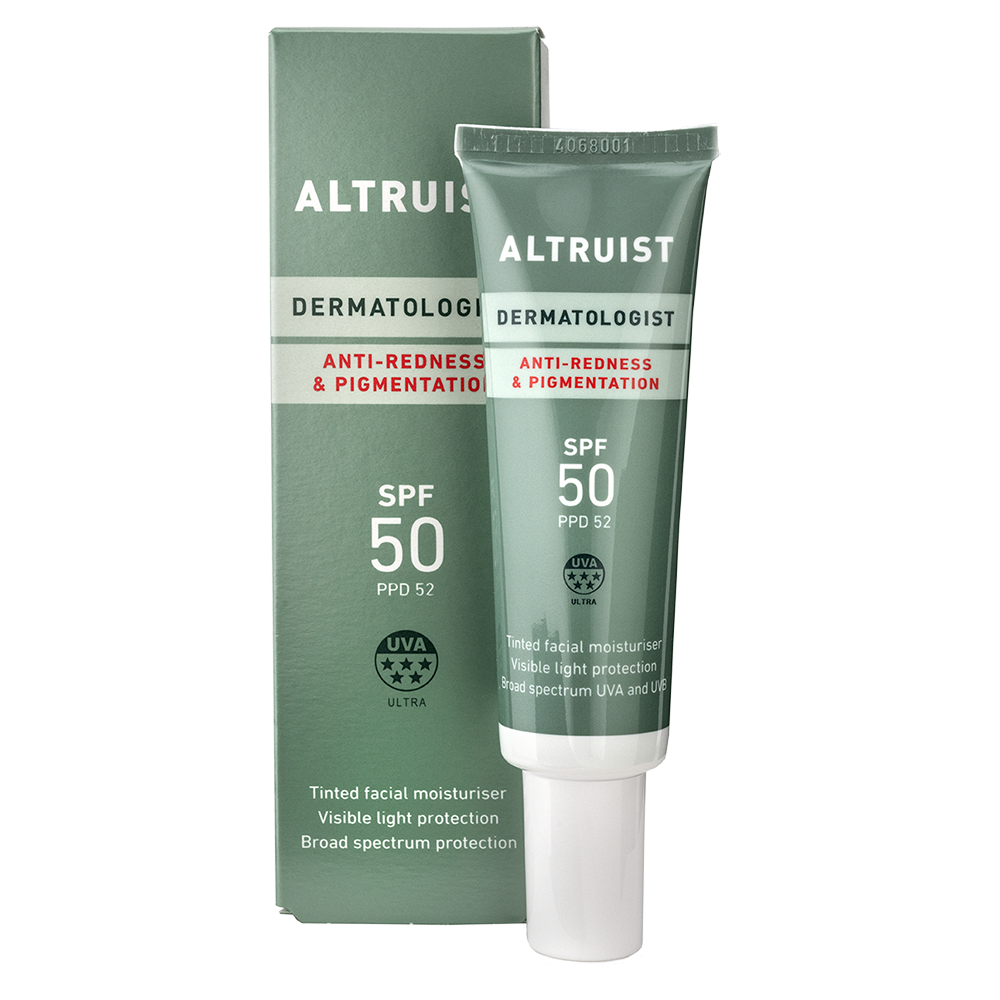


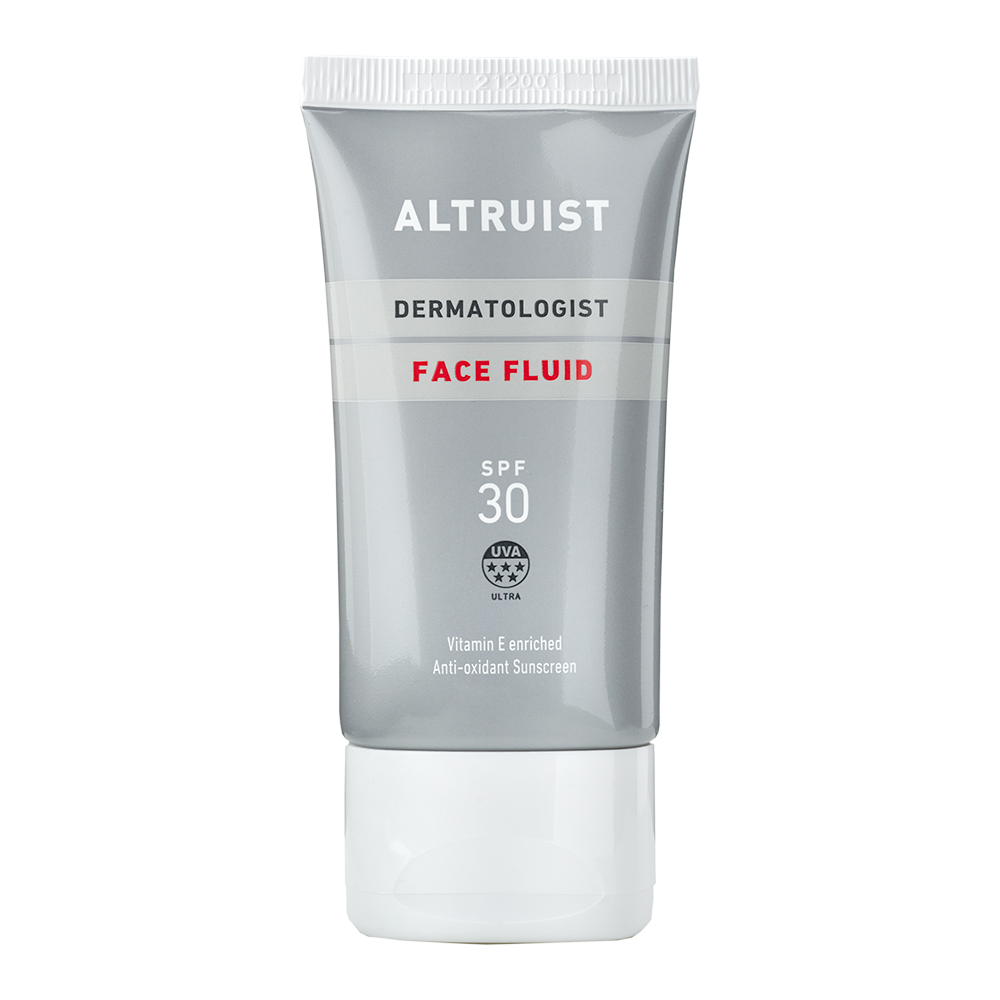
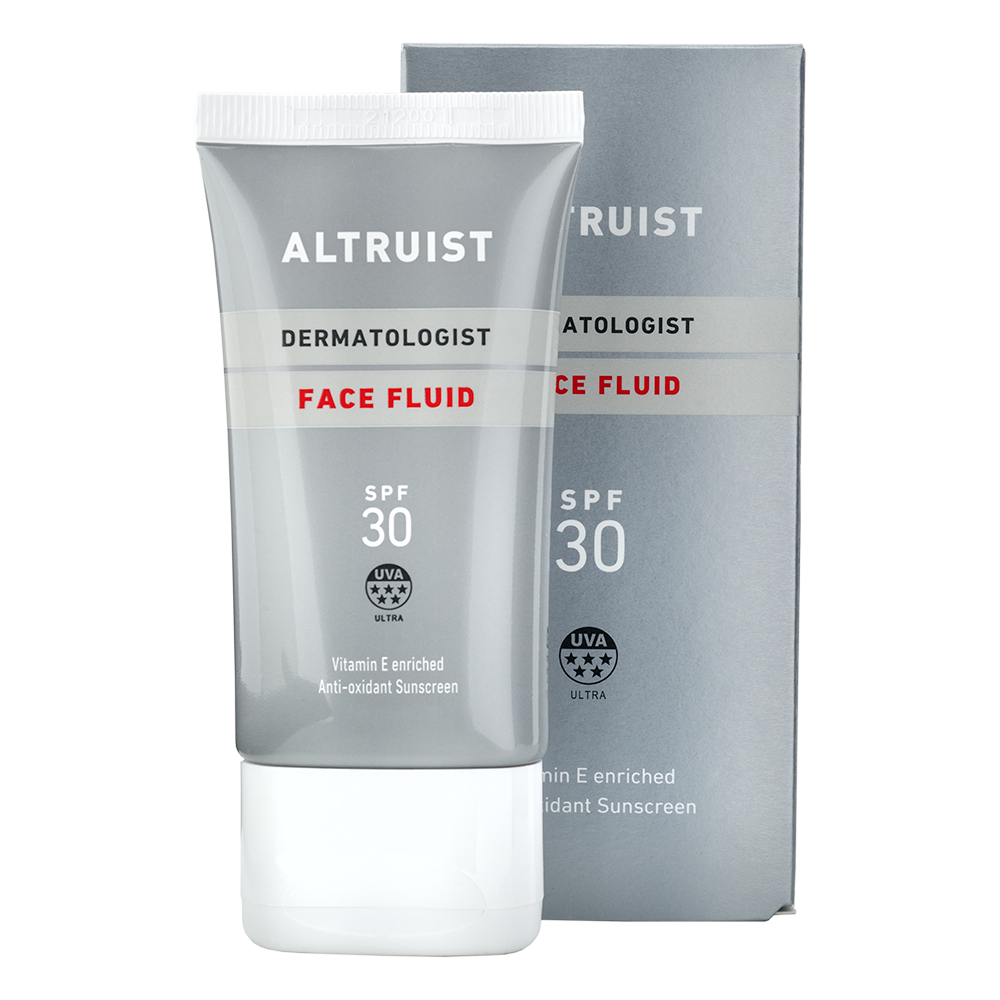
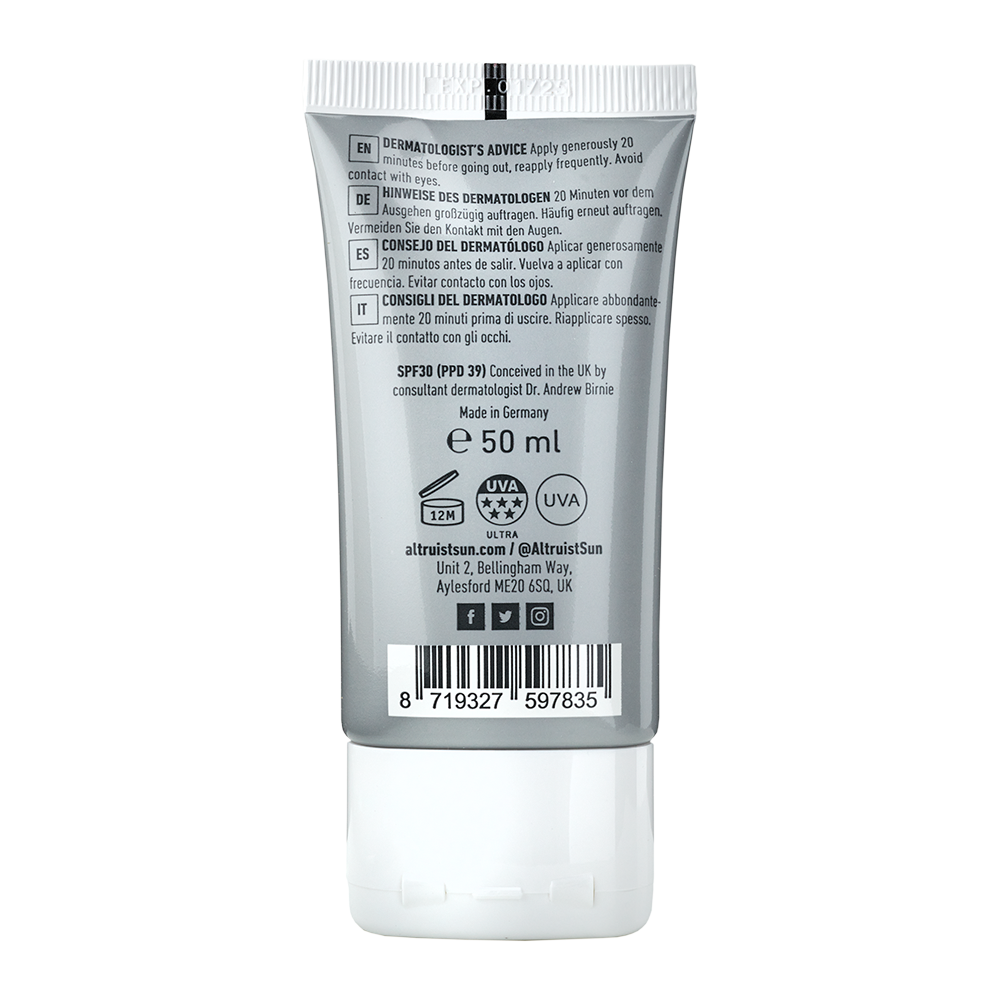


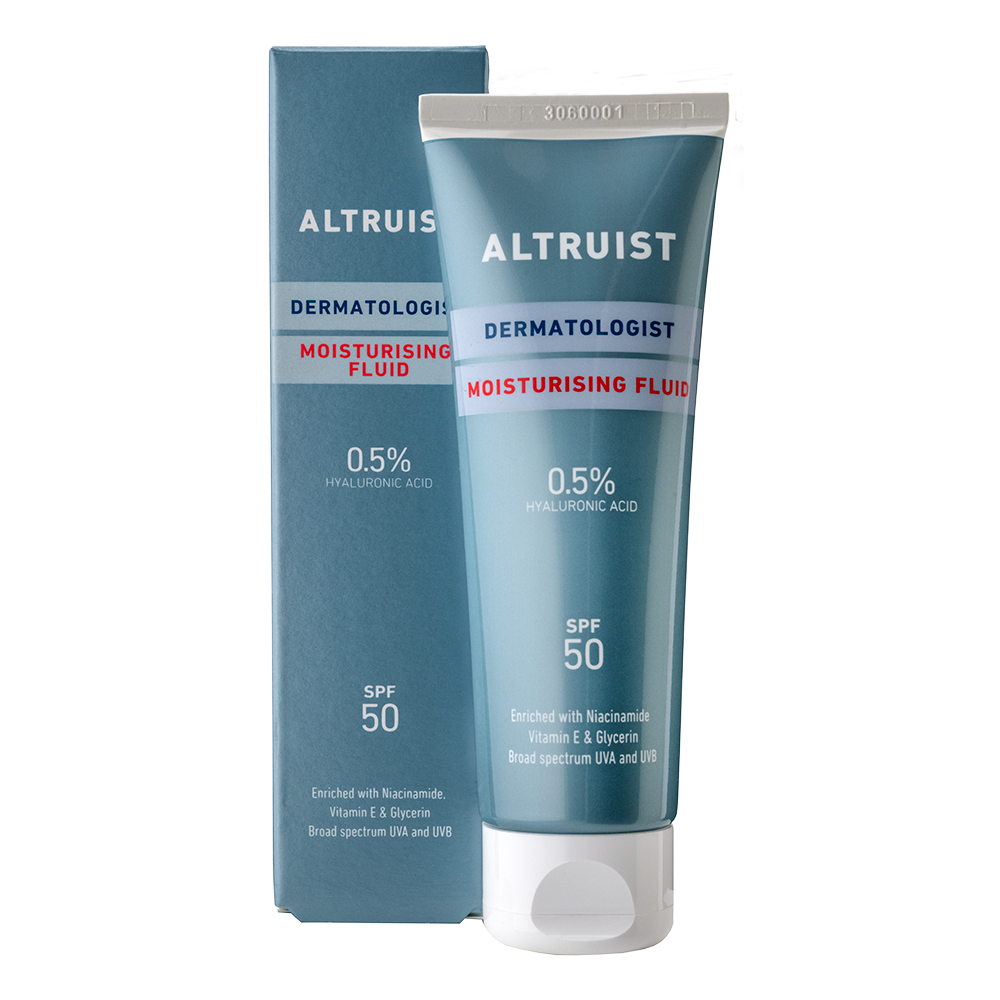


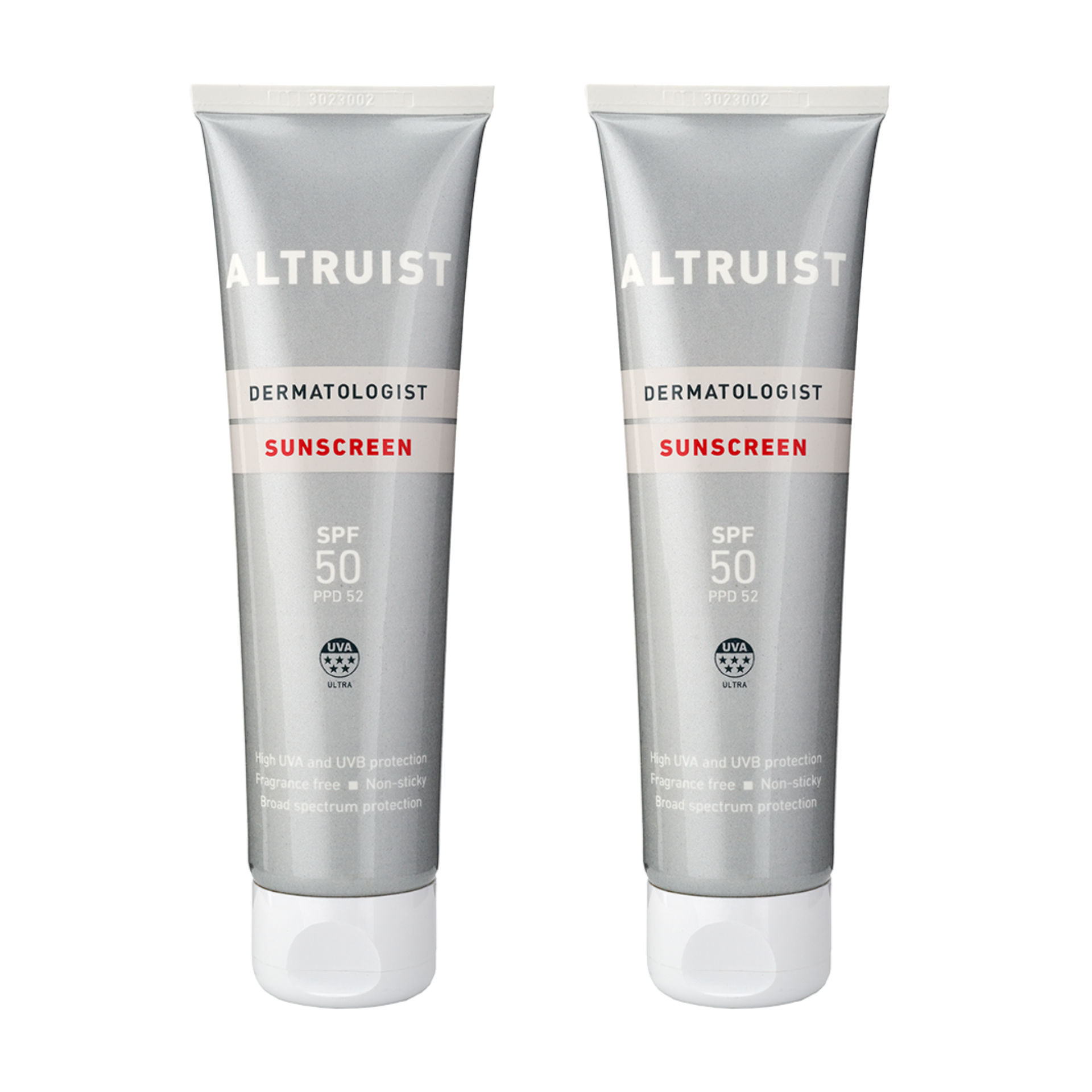
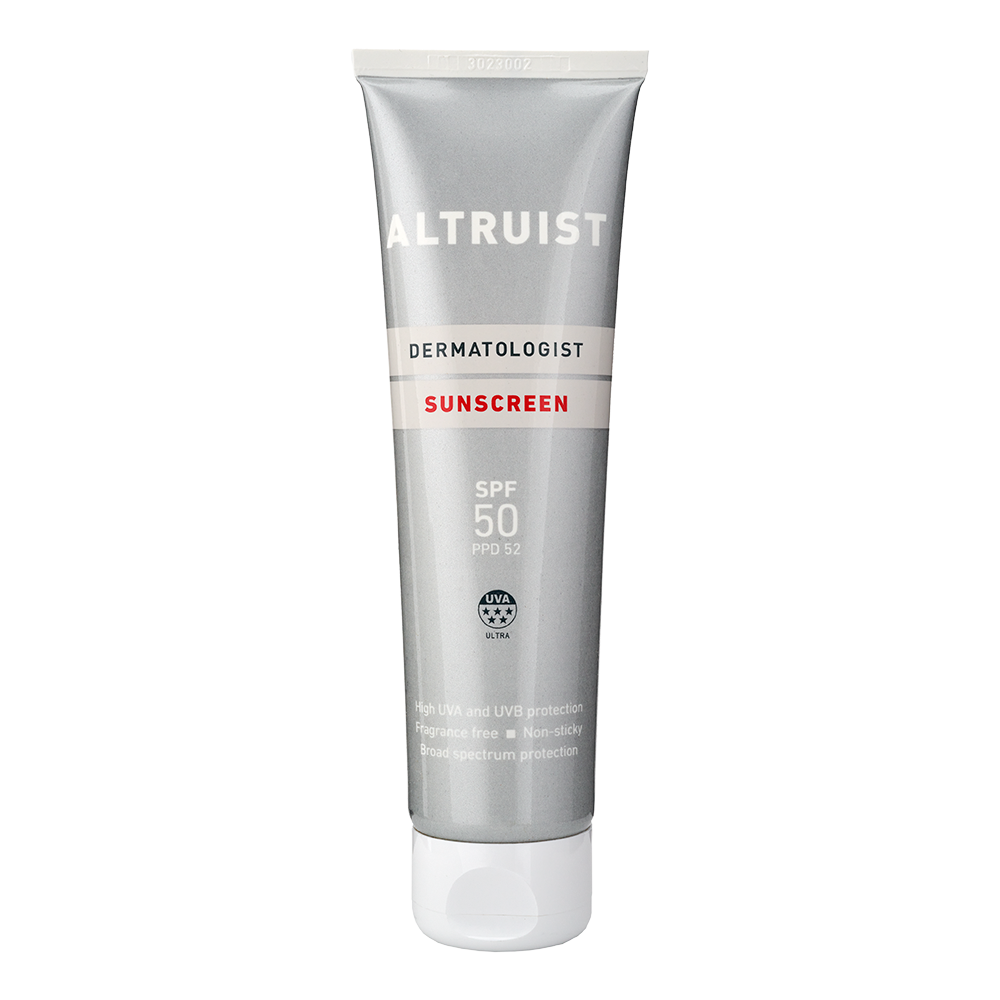
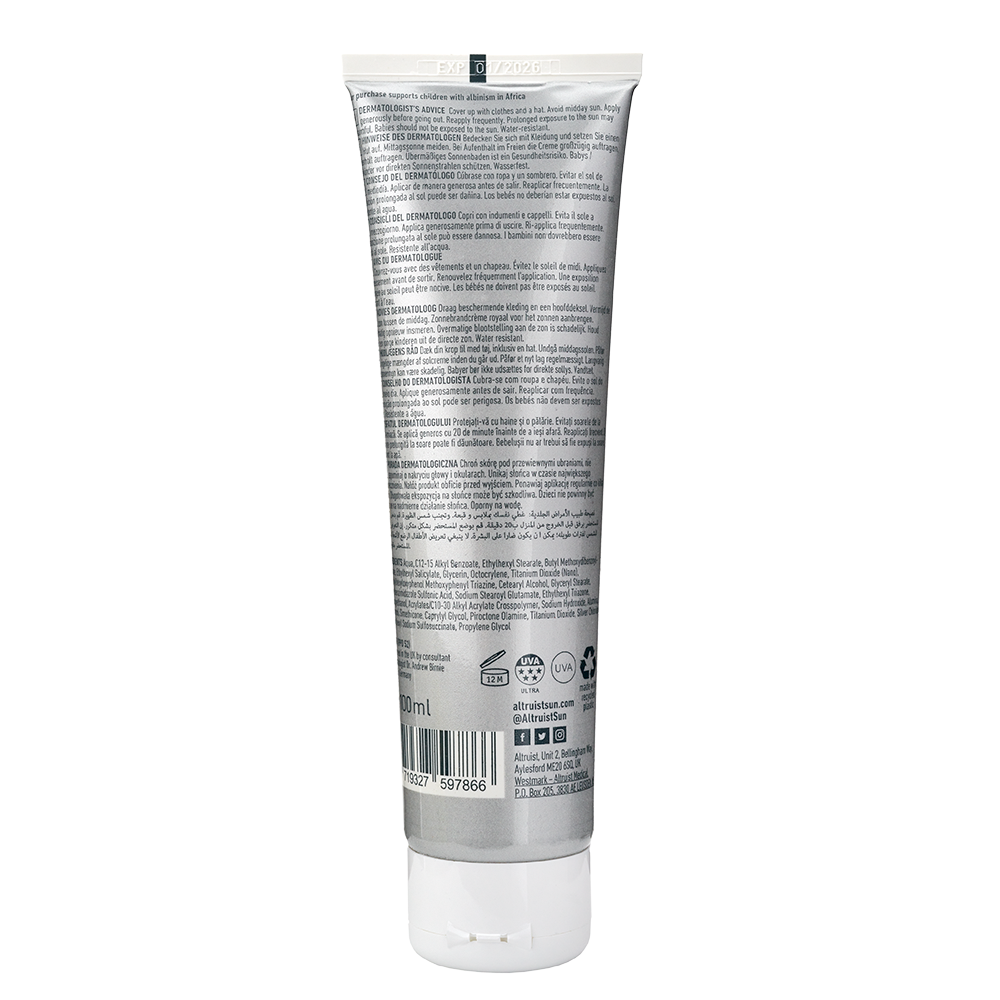
The Impact of the Sun on Skin Ageing and the Role of Sunscreen in Protection